Chemical food hazards are chemical agents or substances that have the potential to cause adverse health effects in humans when ingested or inhaled.
Chemical hazard contaminants can occur in food from a variety of sources. The origin of these toxic substances can be drugs, food additives, pesticides, industrial chemicals, environmental pollutants and natural toxins. The number of chemical hazards is at least hundred times more than that of biological hazards.
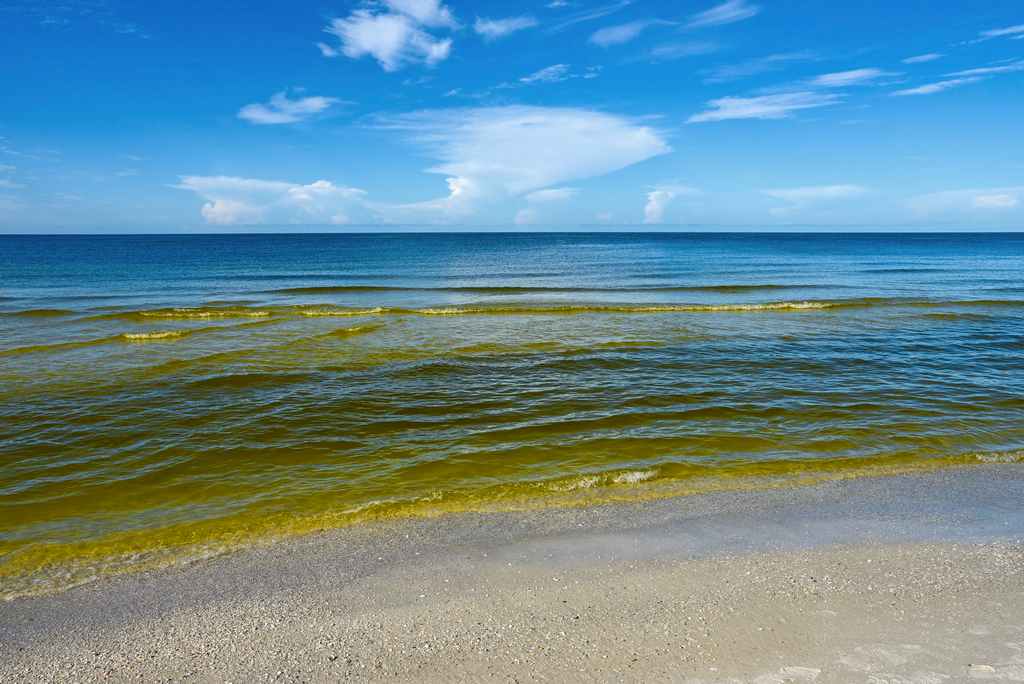


Introduction to Food Hazards
A food hazard is any agent that has the potential to pose a threat to human health or cause illness. When a hazardous agent comes in contact with food – it is called contamination.
Food hazards are generally classified by their sources:
- Biological Hazards: Biological hazards include bacteria, viruses, and parasites. Bacteria and viruses are responsible for most foodborne illnesses and are the biggest threat to food safety.
- Chemical Hazards: Chemical hazards include natural toxins and chemical contaminants (cleaning and sanitizing agents, natural toxins, drugs, food additives, pesticides, industrial chemicals, and other toxins).
- Allergens: Food allergens are a sub-category of natural toxins within chemical hazards. Some people are sensitive to certain proteins in foods. The 8 major food allergens include: milk, eggs, fish, crustacean shellfish (lobster, crab, shrimp), wheat, soy, peanuts, and tree nuts.
- Physical Hazards: Physical hazards are foreign objects which include glass, metal, plastic, bone chips, hair, insects, pest droppings, and other undesirable particles or objects.
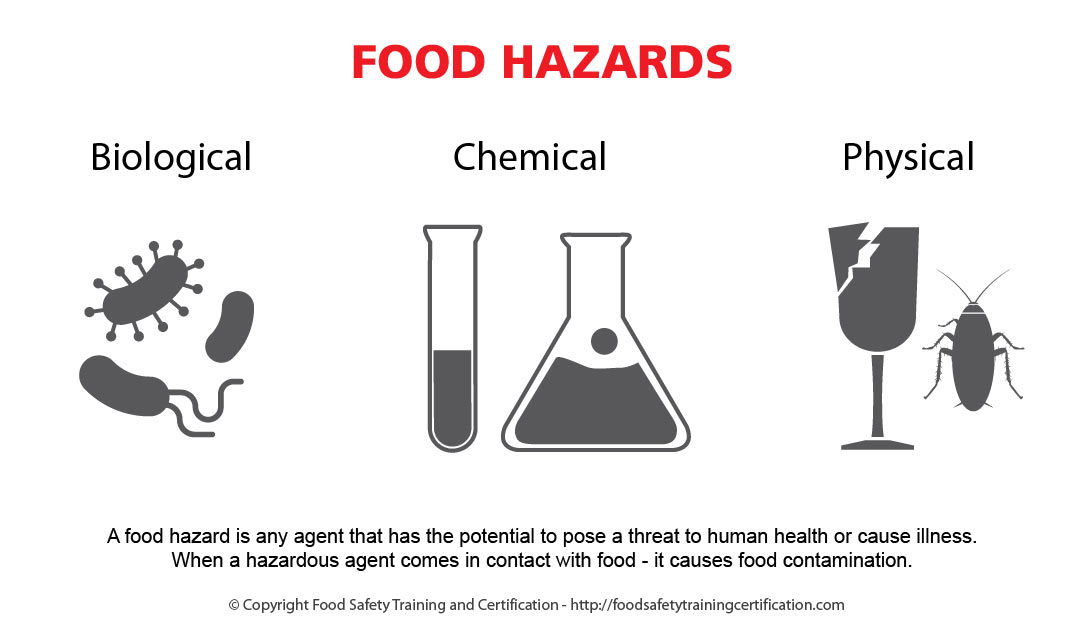


General Symptoms of Chemical Foodborne Infections
Different from biological hazards, which may cause food illness symptoms for a short period of time, the long-term effects of food chemical toxins are of a prime concern.
Gastroenteritis – inflammation of the stomach and small intestine – is generally the symptoms of biological infections – but with chemicals – the harmful substances may disrupt body metabolism, cause cancers, damage genes, alter organ functions, affect reproduction, and development
- Learn about proper hygiene, cross contamination, cold and hot food safety, foodborne pathogens, and best practices to prevent foodborne illness.
- Food Manager Training & ANSI Certification - $99.00
- Food Handler Training - only $7.00!
- HACCP Training: 16hr/4hr/1hr
- Food Allergy Training - $15.00
- Enter Promo "train10off" at Checkout
Aflatoxins, for example, can increase the risk of liver cancers – and mercury contamination can affect developing brains in fetuses, infants and children for a lifetime.
Vulnerable Groups
As with all foodborne illnesses, certain populations are more susceptible to becoming ill or developing a greater severity of the illness. These groups include:
- Pregnant women;
- Infants and young children;
- Older adults;
- People with weakened immune systems from medical conditions, such as diabetes, liver disease, kidney disease, organ transplants, or HIV/AIDS;
- People taking certain kinds of medications for medical conditions – or receiving chemotherapy or radiation treatment.
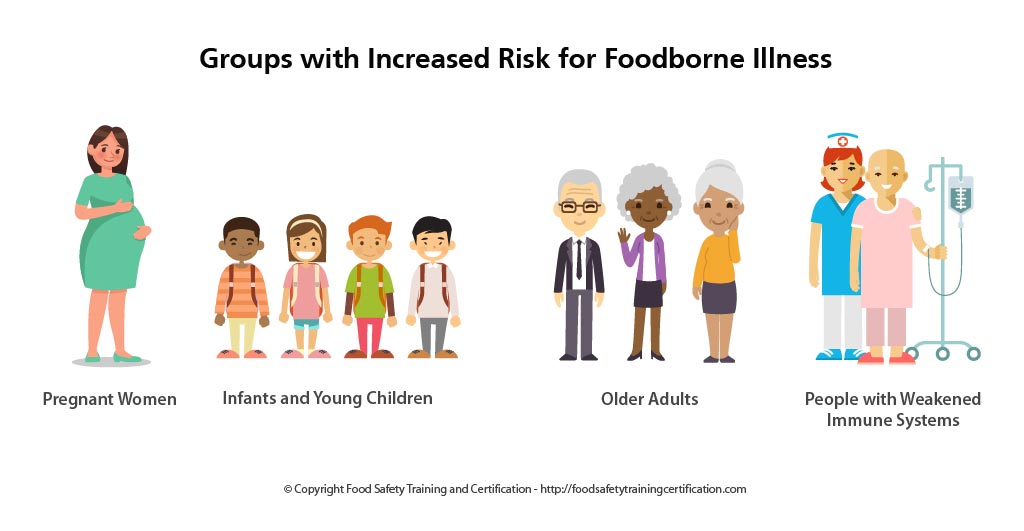


Types of Chemical Hazards
Chemical hazard contaminants can occur in food from a variety of sources. They can be external and associated with environmental and naturally occurring sources or internal from within the food processing business:
- Environmental pollutants such as heavy metals (e.g. arsenic, cadmium lead, mercury) and organic compounds (e.g. dioxins, PCBs) through soil, water, and air can contaminate food and seafood.
- Pesticide residues and agricultural chemicals and drugs resulting from application of pesticides (insecticides, fungicides and herbicides) and veterinary drugs (antibiotics, hormones) during the growing, harvesting, postharvest, production and storage of agricultural food crops along with animals.
- Cleaning, disinfecting, and sanitizing agents such as detergents, soaps, solvent cleaners (degreasers), acid cleaners, bleach, and ammonia.
- Food additives that are intentionally added to achieve certain functions during food processing, e.g. preservatives (e.g. benzoic acid) can inhibit microbial growth and color retention agents (e.g. ascorbic acid) can retain or stabilize the original food pigments.
- Harmful chemicals created during food processing. Acrylamide is a chemical with the potential to cause cancer and can form naturally from chemical reactions in certain types of starchy foods, after cooking at high temperatures. Some foods with higher levels of acrylamide include french fries, potato chips, foods made from grains (such as breakfast cereals, cookies, and toast), and coffee.
- Personal hygiene and grooming products (perfumes, colognes, deodorant, hair spray, etc.).
- Pest control substances such as pesticides and baits. Pest control refers to the reduction or elimination of pests including mice, rats, flies, cockroaches, and other insects.
- Naturally occurring toxins are produced by algae, sealife, molds, mushrooms, plants, and some other food items. These toxins can cause a dangerous reaction in people who are allergic. They include Aquatic Biotoxins (algae, shellfish, fish), Aflatoxins (fungi which grow in soil, decaying vegetation, hay), Mycotoxins (molds), and Plant Biotoxins.
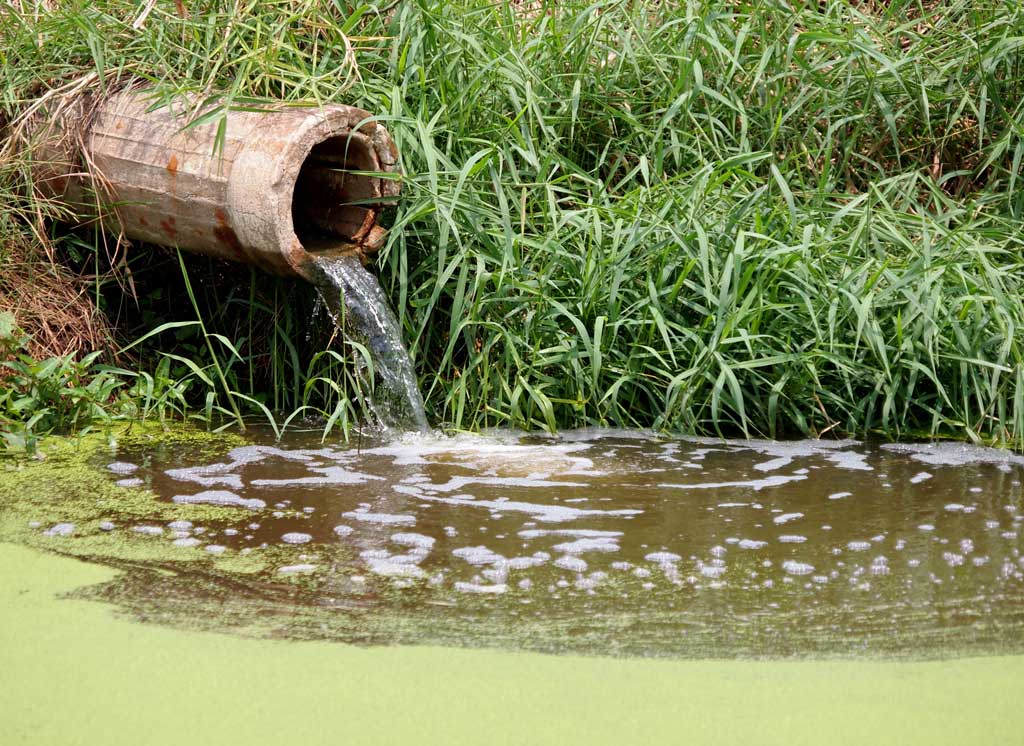


Aquatic Biotoxins (algae, shellfish, fish)
Algae Biotoxins – Algal toxins are natural product of the lifecycle of the algae – generated during blooms of some algal species. Algal toxin poisoning may occur when shellfish or other marine life become contaminated.
Shellfish (clams, mussels, scallops, oysters, etc.) are more likely to contain these toxins than fish. Algal toxins can cause diarrhea, vomiting, tingling, paralysis, and other effects. Algal toxins have no taste or smell, and are not eliminated by cooking or freezing.
Algal toxins are more often toxic when ingested (drinking the water or consuming poisoned wildlife), but poisonings may occur when the algal toxin is inhaled (from ocean sprays) or contacted though exposure to the skin, such as when swimming.



Shellfish Biotoxins – Shellfish (bivalve and molluscan) can become contaminated by toxin-producing algae because of red tide (algal bloom) events. During red tide, shellfish harvested from the affected areas are not safe to eat.
Toxic shellfish will taste and appear no different than nontoxic shellfish, and cooking does not destroy the red tide toxin. Testing is the only way to determine if shellfish contain unsafe levels of toxin. Algal blooms are most common in the spring and summer months when sunlight, temperature, and precipitation favor algal growth.



Fish Biotoxins – Fish biotoxins can cause food illness such as Scombroid and Ciguatera.
Scombroid poisoning is a food illness caused by the consuming certain species of fish contaminated with scombrotoxin (histamine) as a result of decomposition (inadequate refrigeration during processing or storage). Certain kinds of fish, especially dark meat fish, are more prone to produce histamine toxicity. These species include tuna, mahi-mahi, marlin, bluefish, sardines, anchovy, bonito, herring and mackerel.
Ciguatera is a food illness caused by consuming reef fish contaminated by ciguatera toxin. The toxin may be found concentrated in large reef fish, most commonly barracuda, grouper, red snapper, eel, amberjack, sea bass, and Spanish mackerel.
Ciguatera fish poisoning (or ciguatera), the most common form of algal-induced seafood poisoning, is an illness caused by eating contaminated tropical marine reef fish that contain toxins produced by a marine microalgae called Gambierdiscus toxicus, a microscopic algae common in the tropics.
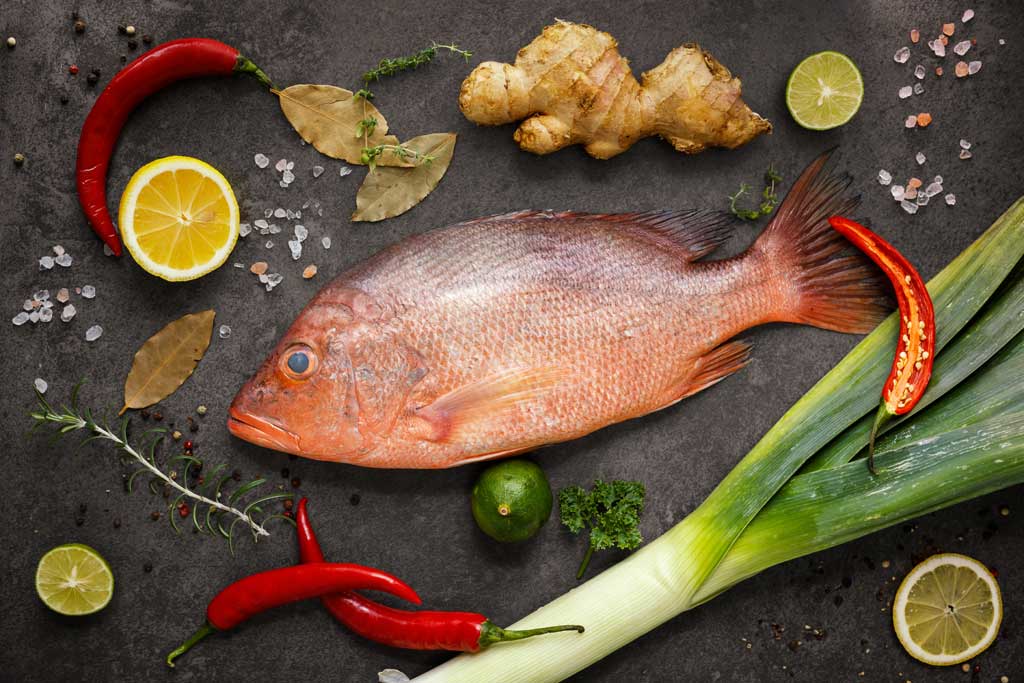


References
- CDC – Food Safety
https://www.cdc.gov/foodsafety/foodborne-germs.html - U.S. FDA – Foodborne Illnesses
https://www.fda.gov/food/consumers/what-you-need-know-about-foodborne-illnesses - CDC – Poisonous Plants
https://www.cdc.gov/niosh/topics/plants/default.html - Foodsafety.gov – Molds, Toxins and Contaminants
https://www.foodsafety.gov/poisoning/causes/Molds/index.html - Canadian Food Inspection Agency – Marine Toxins in Bivalve Shellfish
http://www.inspection.gc.ca/food/information-for-consumers/fact-sheets-and-infographics/products-and-risks/fish-and-seafood/toxins-in-shellfish/eng/1332275144981/1332275222849 - WHO – Natural Toxins in Food
https://www.who.int/news-room/fact-sheets/detail/natural-toxins-in-food - Center Food Food Safety – Overview of Chemical Hazards
https://www.cfs.gov.hk/english/multimedia/multimedia_pub/multimedia_pub_fsf_04_02.html - Center Food Food Safety – An Overview of Natural Toxins in Food
https://www.cfs.gov.hk/english/multimedia/multimedia_pub/multimedia_pub_fsf_11_02.html - South Dakota Department of Health – Algal Toxins
https://doh.sd.gov/diseases/infectious/diseasefacts/AlgalToxins.aspx






